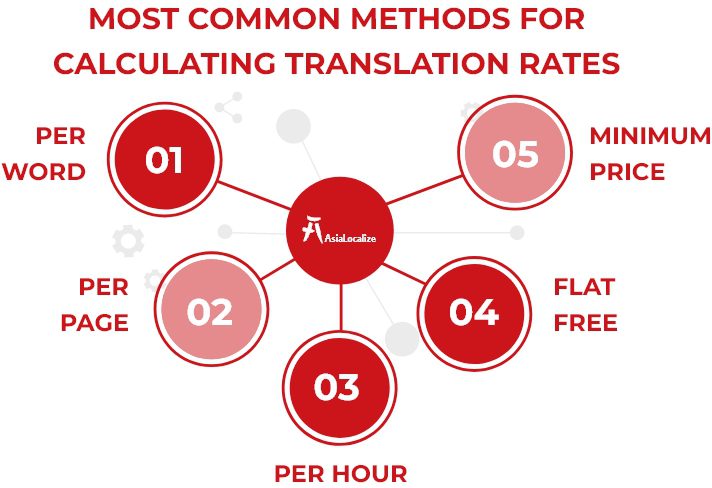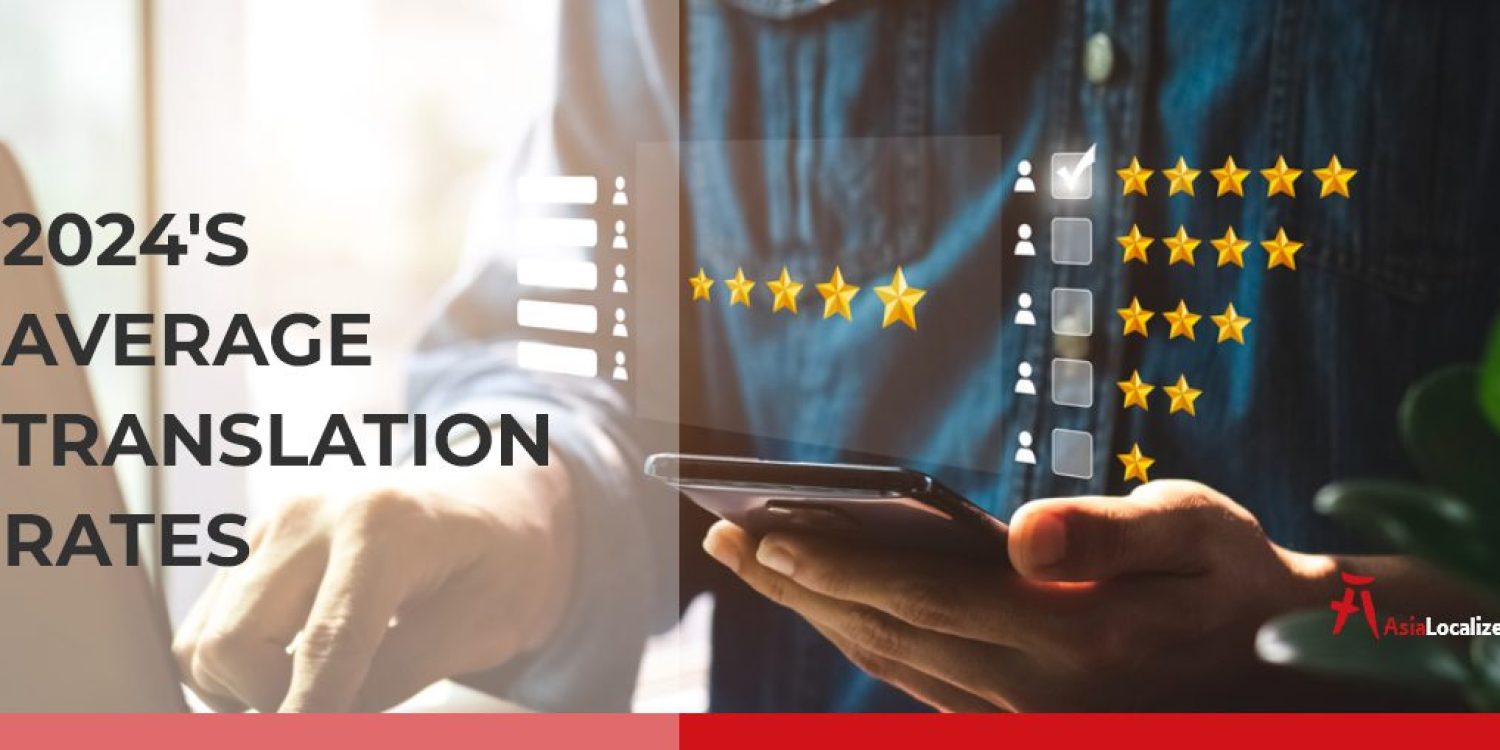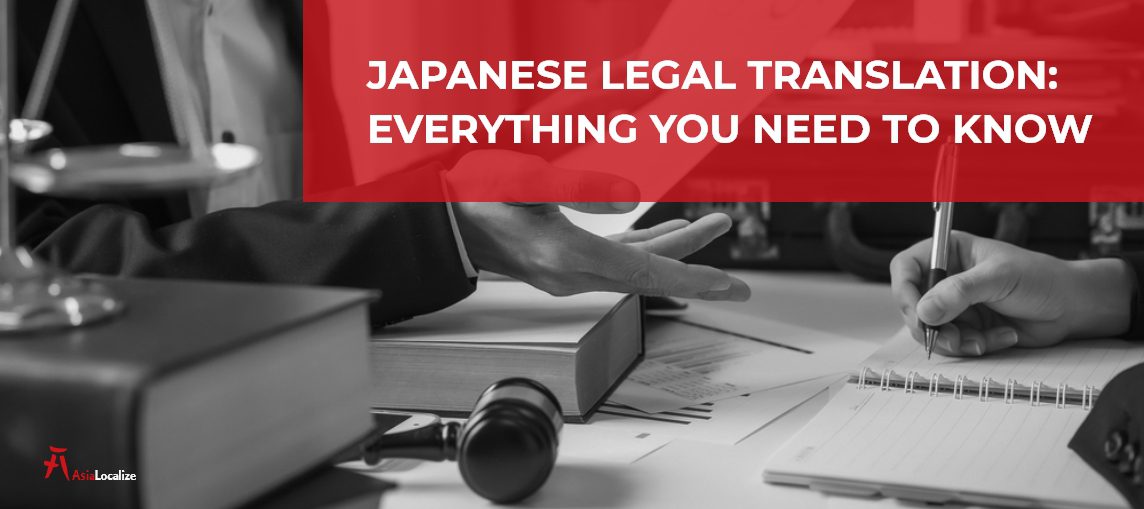Neither the cheapest nor the most expensive option is guaranteed to be the best. This statement rings particularly true in the translation industry.
All too often, the assumption is that cheaper equals lower quality, or expensive equates to better results. However, price alone rarely indicates translation quality.
This guide provides transparency into typical translation rates so you can make an informed choice for your needs. We’ll explore the logic behind pricing models and what drives the differences between them.
Our aim is to help you find a solution aligned with both your budget and performance objectives. Remember, the best approach considers quality most importantly, followed by a cost-effective provider able to deliver it.
What Influences the Cost of Translation Services?
When evaluating the cost of translation services, word count often immediately comes to mind—and that’s actually right! Yet several other factors also determine the final cost of a translation project.
Key Elements that Affect the Cost of Translation Services
- Language Pair
- Specialization
- Volume
- Additional Services
- Turnaround Time

Language Pair
To set an initial translation price, you should know that language prevalence and translators’ availability play pivotal roles in determining the cost of your project.
You can get competitive translation prices if your source and target languages are common, while rare ones may cost more.
You’ll find that the average cost of translation services in a language combination like English/French is lower than translating less common languages such as Karen and Burmese.
Below is an overview of the most expensive and moderately priced languages for translation services:

Subject Matter
Translating technical documents demands more time compared to general content because of the specialized jargon and intricate terminology involved.
It necessitates the involvement of subject-matter experts who bring years of experience and a high level of expertise to the task. This specialized input significantly influences the overall cost of the translation project.
So, professional translation fees for medical or engineering content will definitely be a bit higher than the average.
Volume
For texts translated by word count, longer content naturally results in higher costs. However, companies can mitigate expenses through the effective use of translation memory (TM) tools.
As a TM database stores all previously translated segments, repetitive portions no longer need re-payment with each new project. This provides considerable savings, especially for organizations partnering long-term with one translation provider.
The more a company utilizes its TM, the lower subsequent translation fees become.
Additional Services
While translation fees are mainly influenced by volume and language combination, you also need to know that requesting additional services definitely affects the overall project cost.
For instance, if you require culturally adapted translations to connect with specific regional audiences, desktop publishing (DTP) to ensure the translated content maintains the original’s visual format and layout, or fast delivery, these services will incur additional charges.
Turnaround Time
The standard translation rate structure assumes approximately 2000 words per business day. However, tight deadlines can necessitate higher rates.
Rush delivery may require assigning additional translators to complete a large volume rapidly. Or translators may need to work overtime to meet urgent deadlines, so naturally, the cost of the service will increase.
To avoid surprises, clarify any pressing due dates up front so language service providers can plan accordingly.
For example, specifying the required completion in 5 business days for a 10,000-word content set puts the expedited nature in context early.
How Translation Prices Are Usually Calculated?
You pay translation services’ costs by specific rules you and your LSP agree on before carrying on! From the perspective of the translation industry, there are different pricing methods, and a translation service’s price can be established accordingly. We can calculate the average cost of translation services:
- Per Word: It’s the most widely used translation pricing model. The cost here depends solely on the number of words in the source document.
- Per Line: You are charged based on standard lines and the translation’s target language (usually used in Central Europe.)
- Per Page: In this method, pricing is only dependent on the number of pages of the source document, making it the only feasible option when an electronic word count cannot be obtained.
- Per Hour: Some language service providers charge for translation services by hour. However, it’s rare and is often used for transcreation, editing, and proofreading services.
- Flat Fee: In some cases, translation agencies find it more convenient to agree on a flat fee rate, which is a fixed, all-inclusive price for the translation project.
Minimum Price: Minimum fees are charged for documents that have a maximum of 250 words.

Average Translation Rates Per Word
Translation companies use different payment methods, usually considered according to your project’s needs and budget. To provide some guidance, we’ve listed the average rates of translation for three different models:
Translation Range Per word: $0.05 – $0.50
Translation Range Per Page: $20 – $130
Hourly Translation Rates: $15 – $150

What To Look For When Partnering With A Translation Service Provider
It’s crucial to select a translation agency that can effectively balance quality, cost, and speed. This can significantly impact the success of your project.
However, be cautious of cheap services. We’re not suggesting you opt for the highest price in the market, but we want to emphasize that there are no shortcuts to quality translation.
Aim for a service where high quality meets affordability. Opting for “cheap services” can ultimately cost your business more in the long run due to potential compromises in quality.
Search for this when hiring a translation service provider:
- ISO-Certified company
- Long-standing expertise
- Human-technology powered solutions
- Location (based on your language pair)
- Multi-layered QA processes
AsiaLocalize Multilingual Solutions – Quality, On Time, Within Budget
At AsiaLocalize, we provide the perfect balance you need: high-quality, certified translations delivered swiftly at competitive rates.
We offer comprehensive solutions that harness the skills of experienced professionals and native speakers, enhanced by cutting-edge technological tools.
Leveraging technology can significantly reduce the overall costs of your projects without sacrificing quality. For instance, our translation memories identify and reuse similar phrases across projects, which decreases the amount of text needing translation and reduces the time spent on each project.
With 12 years of experience as a leading translation company, our meticulous three-step process (translation, editing, and proofreading) ensures error-free results. This means you won’t have to incur additional costs or waste time on rectifications for any project.











